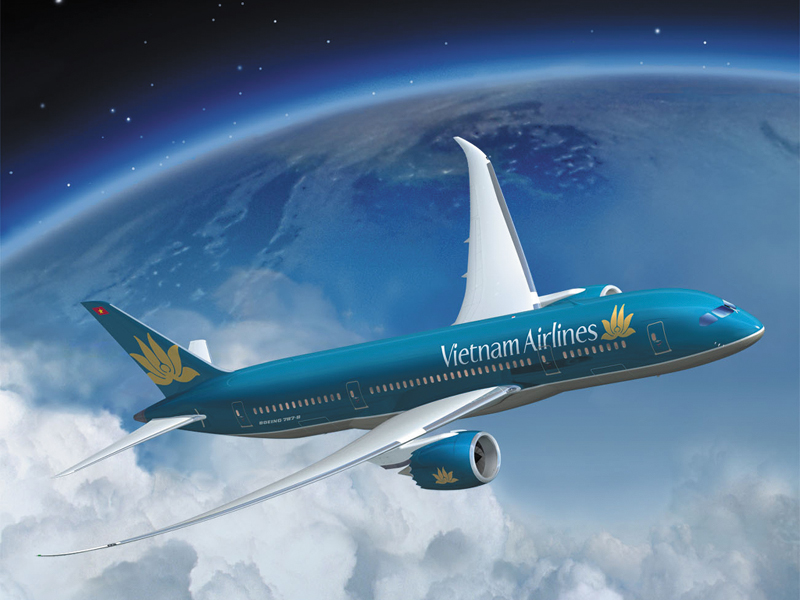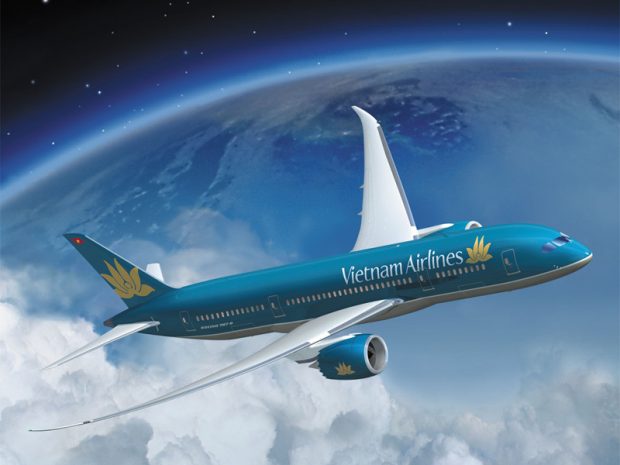
Vietnam aviation market in 2017: Big growth, big challenge
 Aviation is one of the top priority sectors for development by the government of Vietnam as it is critical to the country’s economic growth. The aviation sector is overseen and managed by the Civil Aviation Administration of Vietnam (CAAV), which reports to Vietnam’s Ministry of Transport.
Aviation is one of the top priority sectors for development by the government of Vietnam as it is critical to the country’s economic growth. The aviation sector is overseen and managed by the Civil Aviation Administration of Vietnam (CAAV), which reports to Vietnam’s Ministry of Transport.
With a growing GDP and over 90 million people, Vietnam is projected to be one of the fastest growing aviation markets in Southeast Asia over the next 10-20 years. Particularly, with the ASEAN Open Skies policy being in effect since January 2015, which allows airlines to fly freely throughout the ASEAN member states in a unified air transport market, and with Vietnam joining several free trade agreements (FTAs), the passenger and cargo air transport in Vietnam will have more opportunities to grow.
Demand continues to be high, especially in the domestic market segment. In 2017, despite some issues with infrastructure, the Vietnam aviation market is expected to maintain its overall growth.
According to statistics from the Vietnam Civil Aviation Administration, the total market volume in 2016 reached more than 52 million passengers; up 29% more than 2015 of which domestic air passenger traffic rose to 28 million (30% increase from 2015).
In 2017, experts said that the domestic market will continue to grow thanks to the trend of using cheap flight service. In 2016, 15 million passengers used cheap flight services, accounting for nearly 55% of total passenger traffic on domestic routes.
Also, on the international routes, 2016 witnessed a boom in open routes for both domestic and foreign airlines, and this trend is expected to continue in 2017. In just over one month, domestic airlines such as Vietjet Air and Jetstar opened nearly 10 routes and are preparing to open new international routes. They have taken action to increase market share and improve the ability to compete with foreign rivals. Currently, more than 52 foreign airlines from 28 countries are making use of 78 routes to and from Vietnam.
Nguyen Thi Phuong Thao (CEO of Vietjet Air; the largest private aviation company in Vietnam) predicted that the overall market growth in 2017 will be not less than 20%. This figure received the approval of many experts in the industry and in 2017, according to CAPA (Centre for Aviation), Vietjet is expected to overtake Vietnam Airlines in becoming No. 1 in Vietnam’s aviation market. However, the nation’s combined airline industry in 2017 will have to face other problems in terms of infrastructure as well as planning.
In fact, while Tan Son Nhat airport has continued to be overloaded with flights and passengers, many local airports such as Chu Lai and Can Tho airports have been seeing fewer arrivals and lower performance. This is a factor of stress to authorities in the distribution routes and aircraft parking arrangements. Moreover, expansion projects of Tan Son Nhat airport and the new construction of Long Thanh airport are taking too long to increase market expansion opportunities.
Due to weaknesses in infrastructure, the Vietnam Aviation Administration launched the planning restrictions of the aircraft’s domestic airlines. Specifically, in the period 2016-2020, the Vietnam fleet increased only to 230 aircraft; much lower than the actual number of airline orders signed by Vietnam Airlines, Vietjet or Jetstar with Boeing and Airbus.
Furthermore, experts say the Vietnam aviation industry will also have to face the dilemma of safety hazards due to overcrowding by airlines and the possibility that this would, in turn, cause an increase in delayed and canceled flights.



